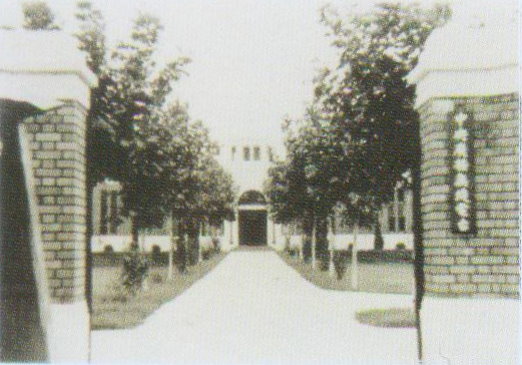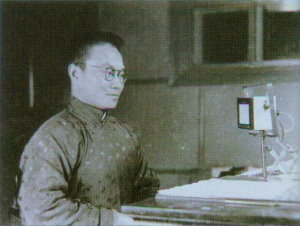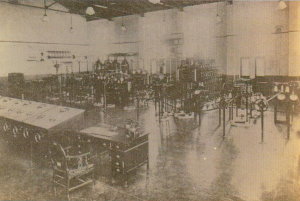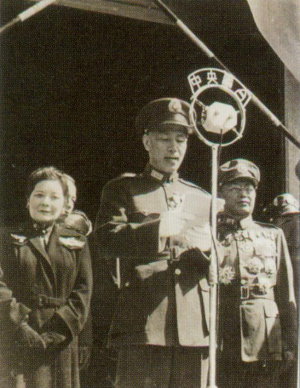|

BCC was formerly known as Nanjing Dingjiaqiao
Central Radio Broadcasting Station.
In 1928, BCC, know then as
Central Radio Broadcasting Station, started broadcasting at Dingjiaqiao in Nanjing. It continued
operating until 1949, when it followed the government and moved to Taiwan. This
period is called the ¡§Mainland China Period¡¨.
During this period, BCC grew its
operation and audience under extremely difficult conditions. As the nation
prepared to fight the Japanese invasion and the condition of the mainland
shifted, BCC HQ was moved to Hunan, and then Chongqing; it shared the
heavy burden of gaining freedom and independence for the nation, and played a
very important role in fighting against the Japanese invasion. All important
messages from the leaders of KMT were announced through BCC. During the
difficult 8 years fighting against the invaders, BCC went through countless
difficulties and hardship; its staff made many sacrifices and withstood the
hardship to continue to bring broadcasts to the people nationwide and helped to
supply courage to the people as well as the soldiers. It helped to gain
international support in the nation¡¦s effort against the invasion. Its
patriotic spirit and contributions were comparable with what the frontline
soldiers had given.
After
the war, BCC HQ was moved back to Nanjing from Chongqing . It began set
up stations all over the country. In 1947, responding to democratic
constitution being implemented, the Central
Radio Broadcasting Station
went through a reorganization and became the Broadcasting Corporation of China. Before
communist take over, BCC had 40 stations and 74 transmitter s with total
transmission wattage reaching 410,000 watts at its peak.
|
|

Dao-yi Wu, Vice
Section Chief of ¡§Operations and Management of BCC¡¨, one of the founders of BCC
Corp.
|

On August 1, 1927,
the former Central Radio Broadcasting Station began its broadcast at Dingjiaqiao
at Nanjing.
Picture shows the opening ceremony and the building
|
|
In 1937,
The Japanese began invading Nanjing.
BCC immediately moved its HQ to Chongqing and demonstrated its great prowess in broadcasting by encouraging the troops,
reaching internationally and raising the spirit of the citizens nationwide. Its
broadcasts were never interrupted despite the endless bombing of the Japanese
military. It was criticized in Japanese newspapers that ¡§our imperial forces
have been bombing Chongqing non-stop until all the frogs stopped croaking. Why is the Central Radio
Broadcasting still croaking?¡¨ the Japanese military called the station ¡§Chongqing
Frogs that would not die¡¨ and ¡§Strange Broadcast in Chongqing¡¨.
|
|

Central transmitter
room in Nanjing,
which was the first transmitter room in Chinese history. |

In 1945, in front of
Zhongshang Tomb, chairman Chiang Kai-shek announced the victory against the
Japanese to the people of the nation through.
|
|
Source of materials and photos : Li, C.R. (2005), Sound of Age ¡V 77th Anniversary Album of BCC, 1st edition, Taipei: BCC, pp. 7-10.
|

